Backstory
As teachers and parents, we have witnessed so many children’s needs not being met by the current education system. As Ken Robinson has so beautifully demonstrated (see here), schools were designed to fulfil the needs of industrialisation in the 19th century. We have had this same education system since then, with very little change, despite unbelievable change in the way the world works. Our schools still look like a factory line – educating children in batches defined by age, teachers delivering information to children, often in large groups, separated by subject – with no attention to the human needs of creativity, play and rest. Instead, we bombard our children with school bells, rigid timetables, limited access to fresh air and play, a huge focus on written work and examinations, and a bewildering attention to a narrow understanding of intelligence.
Leaving the mainstream
As teachers, it became impossible to continue working within a system that seemed to deny basic human rights to little children and crush their desire to learn – the very purpose of education. Tara left mainstream education to focus on creating an alternative for her own son, having spent most of her teaching career believing there was a better way. Emma and Steve left working in schools to set up their own Forest School nursery. As parents, they decided to home-school two of their own children, after witnessing the negative impact primary school had on their children’s self-esteem. So here we are, motivated not just by what we don’t want to see for our young children, but incredibly inspired by the alternatives, which foster well-being, imagination and a genuine desire to learn.
Forest School
The ethos of Forest School has been a huge source of inspiration for us. The Forest School principles highlight the importance of seeing the whole child, not just whether or not they can learn their times tables and spellings. Within Forest School, all aspects of the child –social, physical, intellectual, creative, emotional and spiritual – are held in equal reverence when considering how to plan for and support each child. Through time spent in nature, learning the skills of our ancestors, with space to play and take risks, children learn independence, resilience, confidence and creativity.
Our inspiration
We’ve been greatly inspired by the work of Ken Robinson, who fought for a different, more creative vision for our schools; Howard Gardner, who developed the idea of multiple intelligences and helped us to see the value in so much more than the traditional, narrow view of academic intelligence; Marshall Rosenberg and Alice Sheldon, who have powerfully shown how understanding our own needs and emotions can support us to communicate without violence and to solve conflicts peacefully; Dan Siegel whose research into the brain, integration and our connectedness provides powerful understanding for how we operate in the world; Peter Levine and Gabor Maté who have shown how repressed emotions and trauma can fundamentally limit our experiences and make us ill, and how the body is the portal to healing and true expression; Thich Nhat Hanh for so eloquently showing how beneficial mindfulness is for our children and teachers; Alfie Kohn who has proven through extensive research the negative impacts of rewards and punishment and shown a new way of responding to children’s behaviours; and all of these wise teachers have expressed the importance of children having agency and choice within their own lives as a fundamental aspect of healthy development.
It’s by drawing together all of these various strands – Forest School, neuroscience, pioneering educational research, mindfulness, embodiment, emotional well-being – that we feel we have created a truly different school; one that educates our children to be who they are, and feel good about who they are, rather than to conform to antiquated societal needs. In fact, by attending a school where children have a large say in what and how they are learning, where they learn how to attend to their own bodies, needs and emotions, how to communicate and collaborate effectively with others, and how to find and develop their unique and individual talents and passions, these children will be far more equipped to actually meet the needs of the society they will enter as adults. We don’t know exactly what that’ll look like, but these children will have the resilience and creativity to cope and thrive in that future, making it a better world for everyone.
